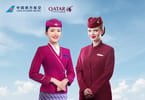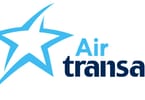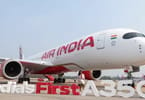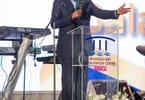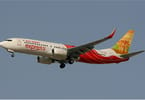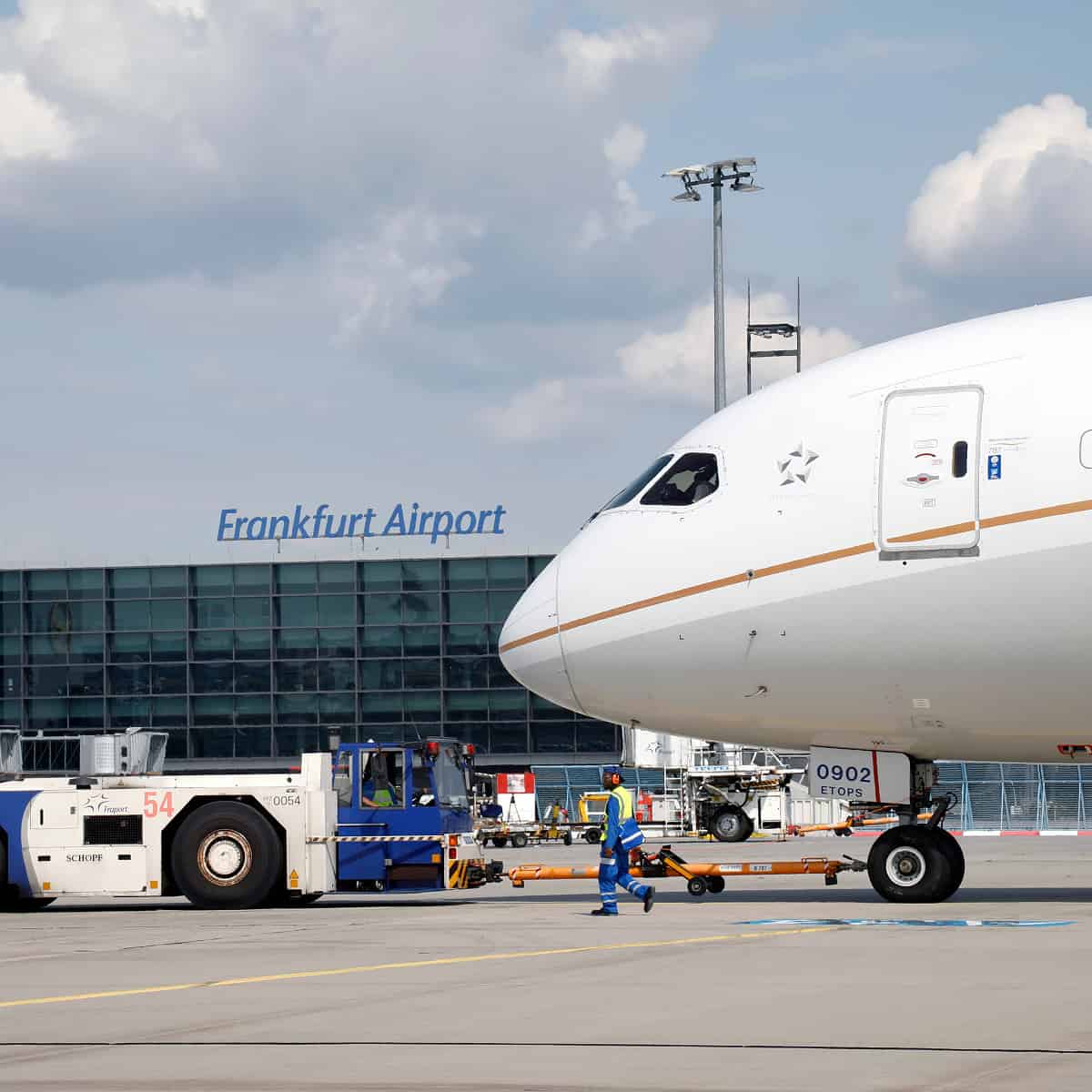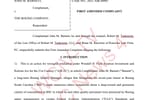SINGAPORE – A record number of tourists came and spent more here last year, but growth was the lowest since 2009, as business travelers tightened their purse strings and leisure visitors chose to fly budget carriers.
According to preliminary estimates by the Singapore Tourism Board (STB), Singapore welcomed 15.5 million visitors last year, up by 7.2 per cent over the previous year.
But they spent marginally more on transport, food, accommodation and shopping, from $23.1 billion in 2012 to $23.5 billion last year.
It paled in comparison to the year-on-year growth in tourist spending between 2009 and 2012 of 3.6 per cent to 50 per cent. In that period, visitor arrivals also increased between 9 and 19.6 per cent.
Barring the 2008 economic crisis which crippled the tourism industry and led tourist spending to dip in 2009, the pace of growth for tourism receipts last year was the lowest in a decade.
STB attributed it to two reasons: muted spending by business travelers as firms cut corporate travel budgets, and more people using low-cost carriers.
Though there were more people coming here for business travel and meetings, incentives, conferences and events (Mice) between January and September last year, they spent less than they did in 2012.Taking the biggest hit were airfares, education and medical expenditure.
Though hotel room revenue rose, the average room rate dipped – for the first time since 2009 – by 1.6 percent to $258.
And with keen regional competition for the same tourism pie and Singapore’s tight labour market, projections are the sluggish growth in spending will persist at 4 to 6 percent over the next 10 years, in contrast with the record growths posted between 2002 and 2012.
But STB chief executive Lionel Yeo said the board believes the business travel and Mice sector has room to grow and intends to reach out to such travellers to “help them to understand and appreciate the leisure options in Singapore that they can enjoy while they are here on a business visit”.
In 2011, business travelers contributed 33 percent of the Republic’s tourism receipts excluding sightseeing and entertainment expenditure. By 2020, STB wants it to reach 36 percent.
On visitors who choose to fly on budget carriers, Mr Yeo said they can also be “high-yielding visitors” who can spend more on accommodation, food, sightseeing and entertainment.
He said such travelers look for a differentiated experience and spend more than those on “low-value tours where they just whisk through Singapore”.
STB aims to reach out to them with itineraries that feature tours to the heartland and heritage areas like Tiong Bahru.
Despite the growing perception that Singapore is becoming too expensive, Mr Yeo said the challenge is to make people “feel they are getting good value for what they spend here”.
“In one small place, you can actually get a lot done and do a lot of things within a limited amount of time – that has value for the discerning traveller.”
To boost spending, Dr Michael Chiam, a senior lecturer in tourism at Ngee Ann Polytechnic, suggested Singapore could bring in more novel events such as the Women’s Tennis Association Championships happening here in October.
“Such events draw a different crowd who may not have been here before. They are less selective on what they spend on compared with repeat travelers,” he said.
WHAT TO TAKE AWAY FROM THIS ARTICLE:
- But STB chief executive Lionel Yeo said the board believes the business travel and Mice sector has room to grow and intends to reach out to such travellers to “help them to understand and appreciate the leisure options in Singapore that they can enjoy while they are here on a business visit”.
- And with keen regional competition for the same tourism pie and Singapore’s tight labour market, projections are the sluggish growth in spending will persist at 4 to 6 percent over the next 10 years, in contrast with the record growths posted between 2002 and 2012.
- Barring the 2008 economic crisis which crippled the tourism industry and led tourist spending to dip in 2009, the pace of growth for tourism receipts last year was the lowest in a decade.





